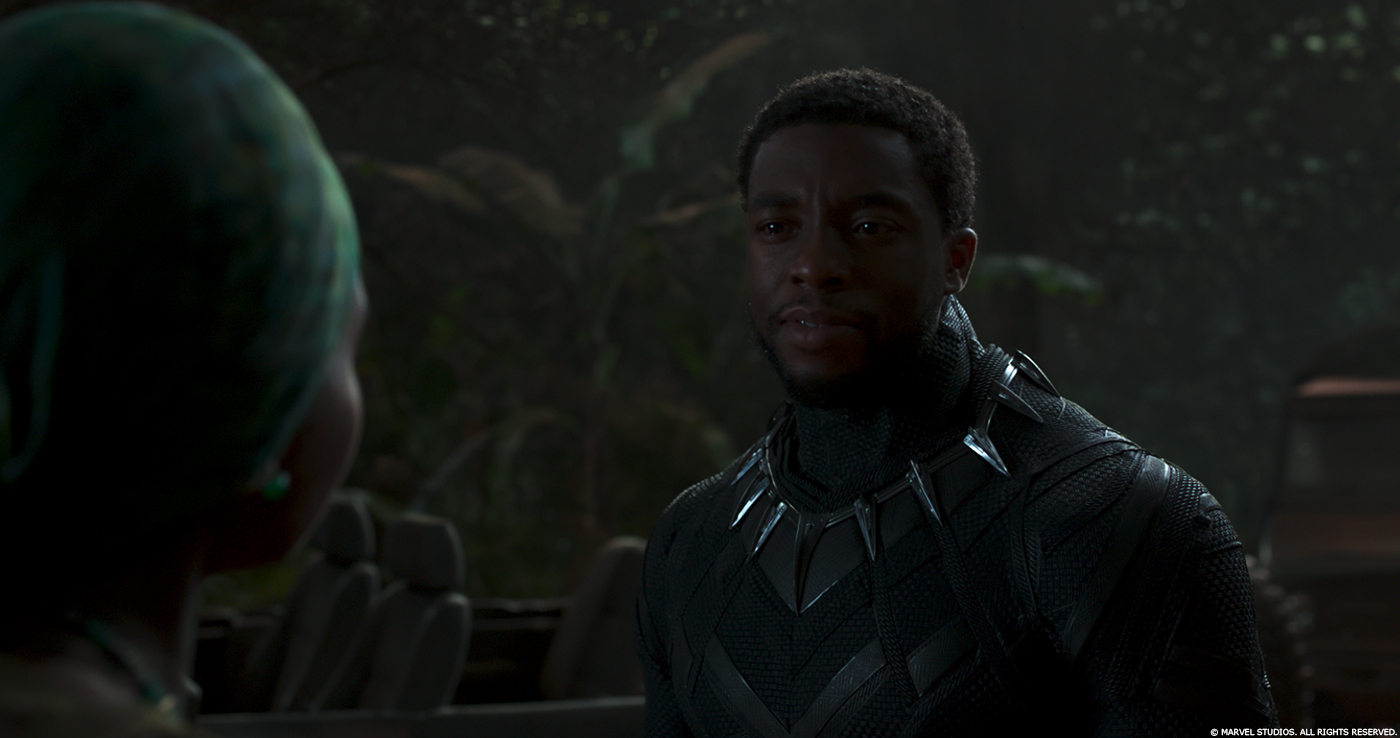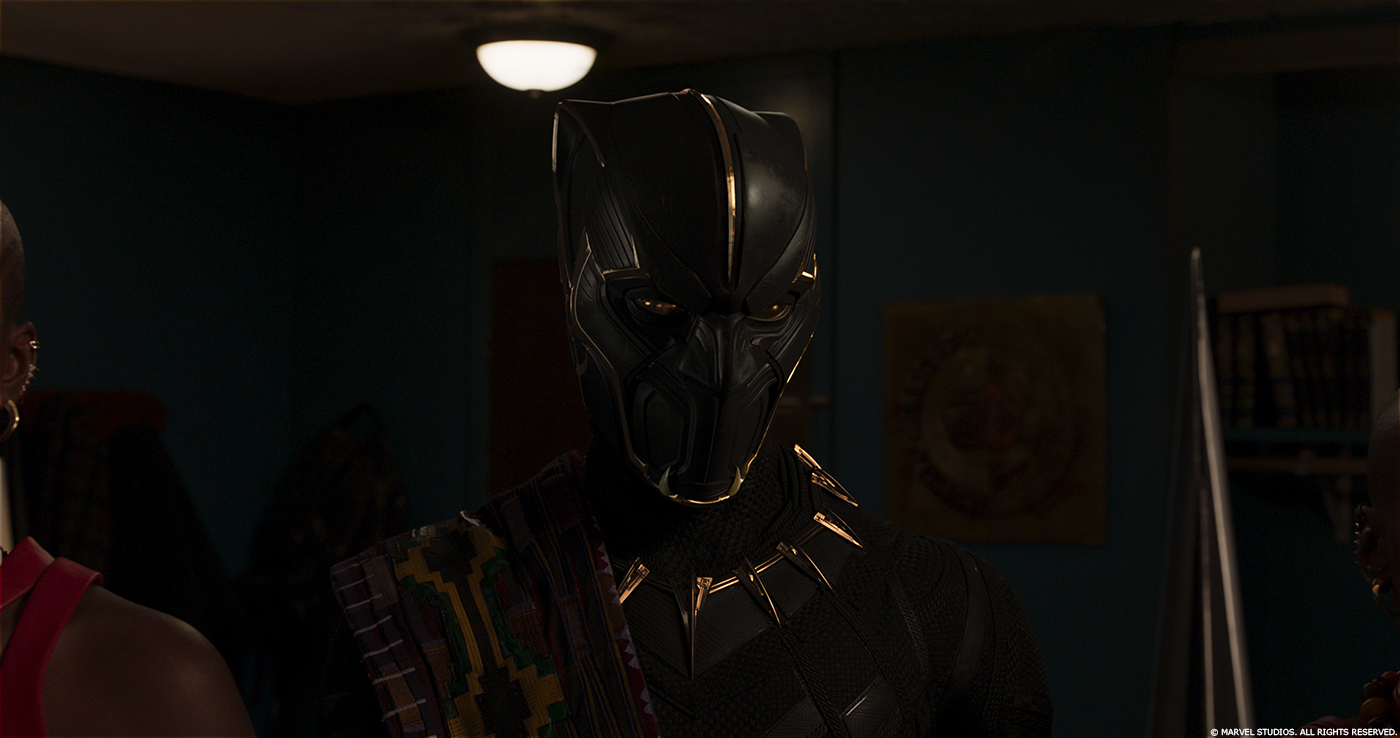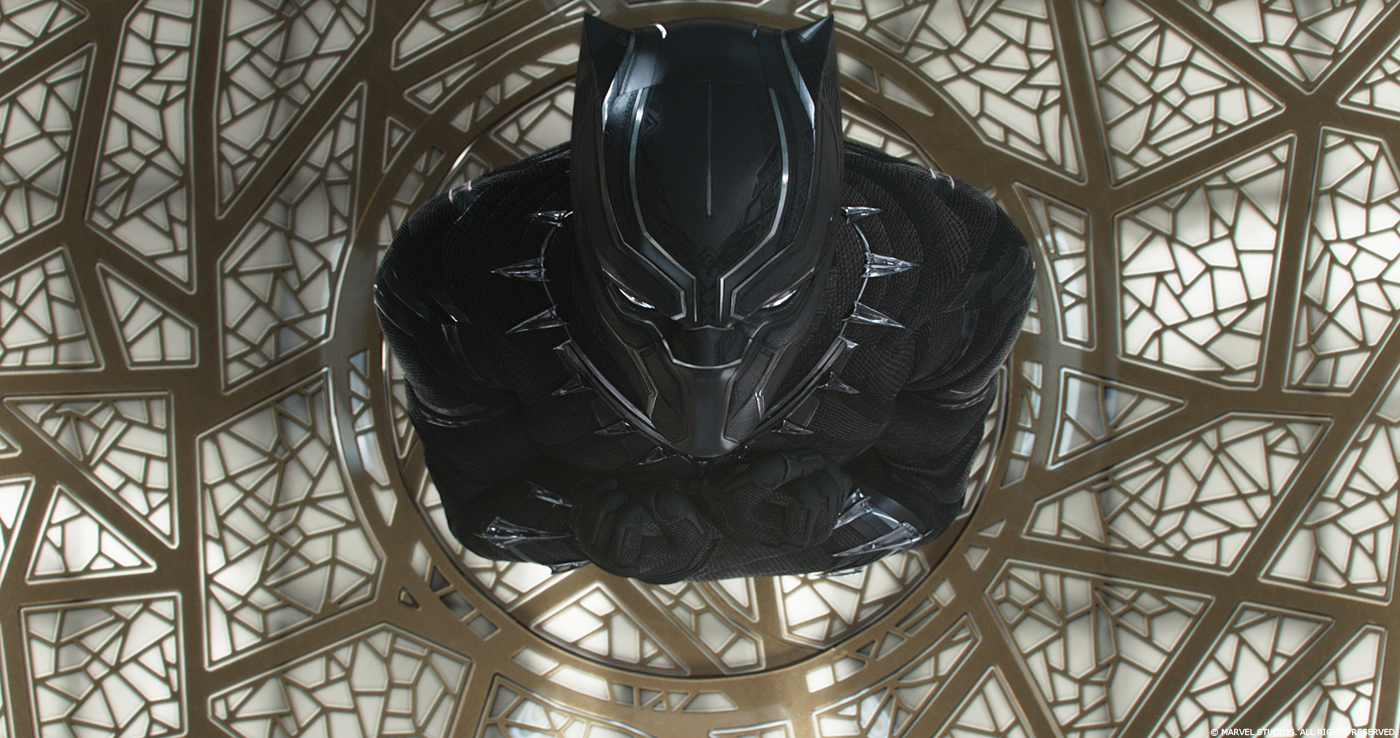Before joining Trixter in 2017, Michael Wortmann worked in several studios such as Animal Logic, Cinesite, Weta Digital, Pixomondo and Chimney. As a VFX Supervisor, he took care of the effects of shows like GAME OF THRONES, STAR TREK: INTO DARKNESS, GOOD KILL and ATOMIC BLONDE.
What is your background?
I studied Animation at the Filmakademie Baden Württemberg in Ludwigsburg and worked as an FX Technical Director for several years before moving on to become a VFX Supervisor.
How did you get involved on this show?
I joined Trixter In 2017 to become a Supervisor for the growing Berlin Office of Trixter and took on BLACK PANTHER as my first job assignment.
How was the collaboration with director Ryan Coogler and VFX Supervisor Geoffrey Baumann?
I visited the Set in January 2017 the first time to meet Geoff Baumann and went there agin in April for Principal Photography. After that I have been in close contact with Geoff and his Assistant Visual effects Supervisor Jesse Chisholm.
What was their approaches and expectations about the visual effects?
Besides the obvious digital double work that Trixter excels at they wanted us to develop the Vibranium sand effect for the Royal Talon Fighter interior scenes. Their approach was to have a vivid exchange even between different vendors to make a joint effort to develop the effects.
How did you organize the work with your VFX Producer and at Trixter?
We started slowly with RnD and moved on to the first trailer shots. This gave us enough time to build up a solid crew that we enlarged throughout the months and eventually take on more shots over time.
What are the sequences made by Trixter?
We worked the Nigeria Night Attack sequence at the beginning of the film, the scene in the Oakland apartment with Black Panther’s father T’Chakka, the end sequence on the Basketball field in Oakland and we did the secret end tag with Bucky in Wakanda.
Can you explain in details about the creation of Black Panther?
Our Black Panther at the beginning of the movie still had the suit from CIVIL WAR which Trixter created back then so we just brought it up to date and added a system to be able to dial in the red jungle dust on the suit that comes on during the fight. For T’Chakka the scenes were filmed with the same suit but we changed all Vibranium parts to Gold in comp and added the newly built T’Chakka Helmet.
Can you tell us more about the shader and texture of his armor?
The textures do not match the suit that is used for filming perfectly and we had a lot of scenes where folds needed to be removed from suit. In the long run we replaced a lot of the suit because it made everything more consistent and was easier than a paint job on the very detailed suit.
How did you manage his animation in the air and then during the fight?
Pretty much all shots have been filmed with a stunt performer so we started with a 100% rotomation and then tweaked it to have more punch. We also received the previous files from Marvel so we had something to base our animation in full cg shots on. Our animation Lead Claudius Urban happened to have some martial arts background so he acted out some of the moves and did a great job adding more punch here and there.
How did you work with the stunt team for the fight sequence?
The stunt performers did an amazing job, however the performers anatomy was not really matching Black Panther so we sometimes had to tweak it a bit to match the proportions of Black Panther.
The action takes place by night. How does that affects your work and especially the lighting?
It took some time to get the levels of highlights right because we wanted it to feel like real dark jungle and not like studio lighting. We took of a lot of seculars from cars and car windows in order to remove studio lighting from the plates. Overall we tried to keep everything naturally dark which worked out nicely.
Can you explain in details about the design and the creation of the Jet?
The Jet was build by ILM and passed on to us, it has a crazy level of detail and we matched it exactly to ILMs ref. Also the jet engines needed to be added as FX passes.
Can you tell us more about the jungle creation?
The first jungle backgrounds were classical matte paintings but at one point we switched completely to Isotropix Clarisse and started to create full cg backgrounds more and more. There’s this one really long shot where a lot of the jungle is fully rendered and blends very seamlessly with the studio plants.
Black Panther is using mini EMP devices. How did you created these weapons?
We build cg assets based on scans of the real props. After that we developed the unfolding of the spheres into discs in a smooth way without going to much in to a Transformers style direction.
Can you tell us more about your work on the Oakland sequence?
We had to build a new helmet for T’Chakka and turn all the Vibranium parts on the suit from silver to gold. The helmet design was adapted from the art department, we added some ageing to make it look a bit more used. Windows were replaced with a Bay Area panorama. For the shots where T’Chakka kills N’Jobu we added gold claws to the practical suit.
How did you extend the environment?
The environments in our first trailer shots were still classical matte-paintings. Over time we switched to Clarisse and started rendering our backdrops which proved to give us more accurate perspectives and a lot of flexibility.
The Jet is seen on broad daylight. How did you adapt the shaders and lighting?
This was a bit challenging because the scene was shot during a whole day so every shot had to be matched individually. Also the Jet needed to look a bit more shiny and less worn down than in the shots before so we took of some of the dirt.
How did you created the environment for the end credits sequence with Bucky?
This was all done with our established Clarisse approach. Some shots had a lot of leaf movement so we brought in animated plants to match to that. We also adjusted some skies and added birds to make the Africa feeling compete.
Which sequence or shot was the most complicated to create and why?
The most difficult shot is the shot with Panther dropping from the Royal Talon Fighter. It’s full CG, we had to rebuild the floor and hatch inside the ship, add atmosphere and clouds, the animation was very challenging to make Panther feel like he’s dropping t high speed and then we had a full CG Jungle with millions of plants and trees. Finally we added the truck convoy including digital doubles of the soldiers. That was a fair bit of work!
What is your favorite shot or sequence?
My favourite shots are Panther dropping out the Royal Talon Fighter, it’s just such an iconic shot.
What is your best memory on this show?
One of nicest things was that Geoff Baumann invited me to attend the shoot in Atlanta, it just made such a difference.
How long have you worked on this show?
It’s been pretty much a full year.
What’s the VFX shots count?
205 shots ended in the movie plus several trailer shots.
What was the size of your team?
We had 70 people over the course of the project working on it.
What is your next project?
We are prepping for several new US and German projects at the moment.
What are the four movies that gave you the passion for cinema?
JURASSIC PARK, JURASSIC PARK, JURASSIC PARK and… JURASSIC PARK.
A big thanks for your time.
// WANT TO KNOW MORE?
Trixter: Official website of Trixter.
© Vincent Frei – The Art of VFX – 2018
















